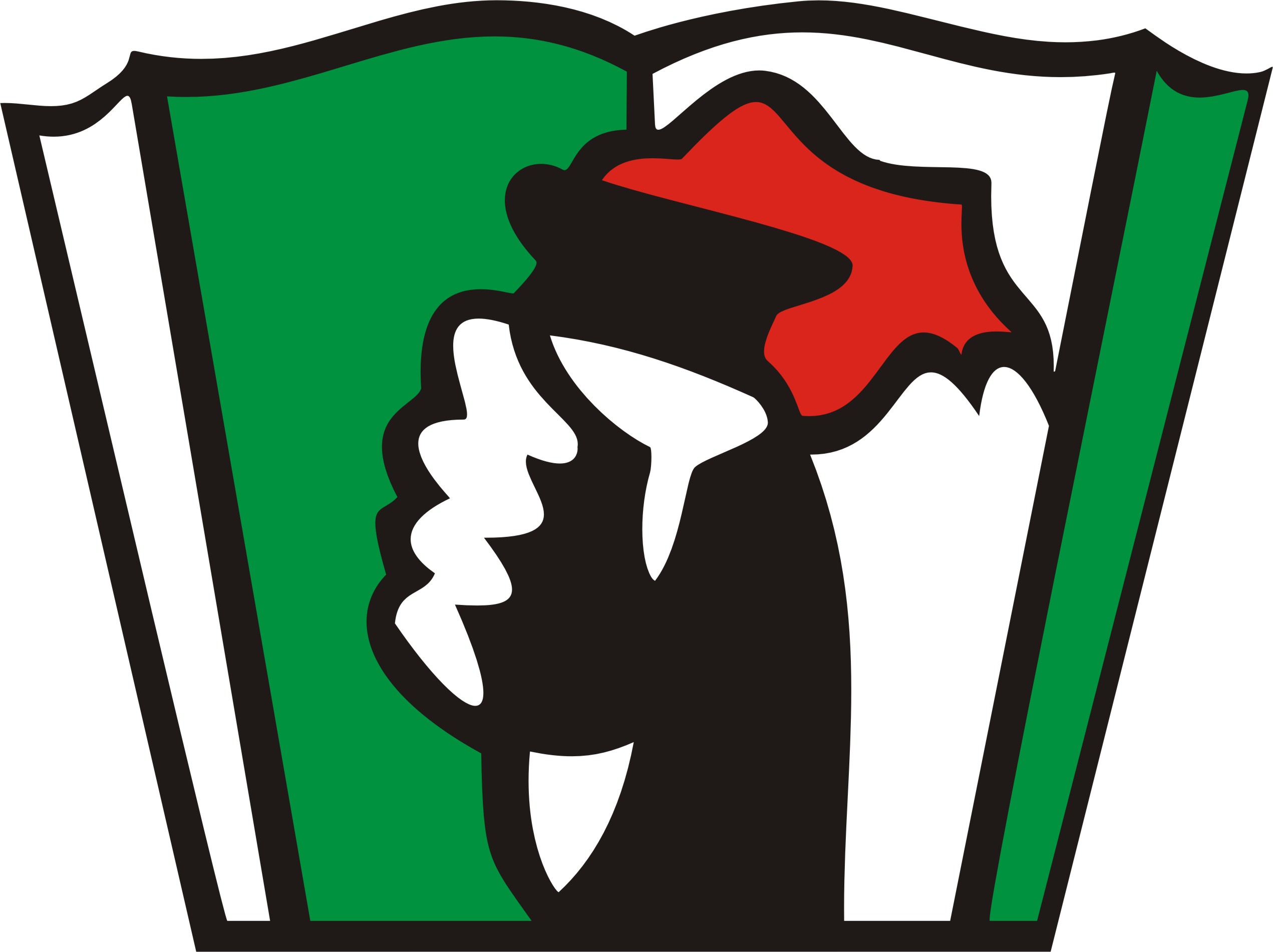

The collection contains documents from the holdings of the largest cultural organisation for ethinc Hungarians in Slovakia. This organisation was one of the few in Czechoslovakia dedicated to issues affecting an ethnic minority, and its holdings therefore offer valuable insight into the status of minority cultures. The society organised cultural events and lectures, and it supported theater, song, and dance groups. It also offered a platform for maintaining cultural identity, and it provided a place for discussion. During The Hungarian revolution in 1956 CSEMADOK supported the position of the Czechoslovak government on the events. During the Prague Spring CSEMADOK supported the liberalisation policies, tried to change itself into a political interest group, and asked for more rights and privileges for ethnic Hungarians. After the suppression of the Prague Spring the political leadership of CSEMADOK was purged. The collection includes documents from the CSEMADOK Central Committee and documents related to the organisation of national festivals (Gombaszög/Gombasek festival, Jókai Napok/Days, etc). Publications are also a very important part of the collection.
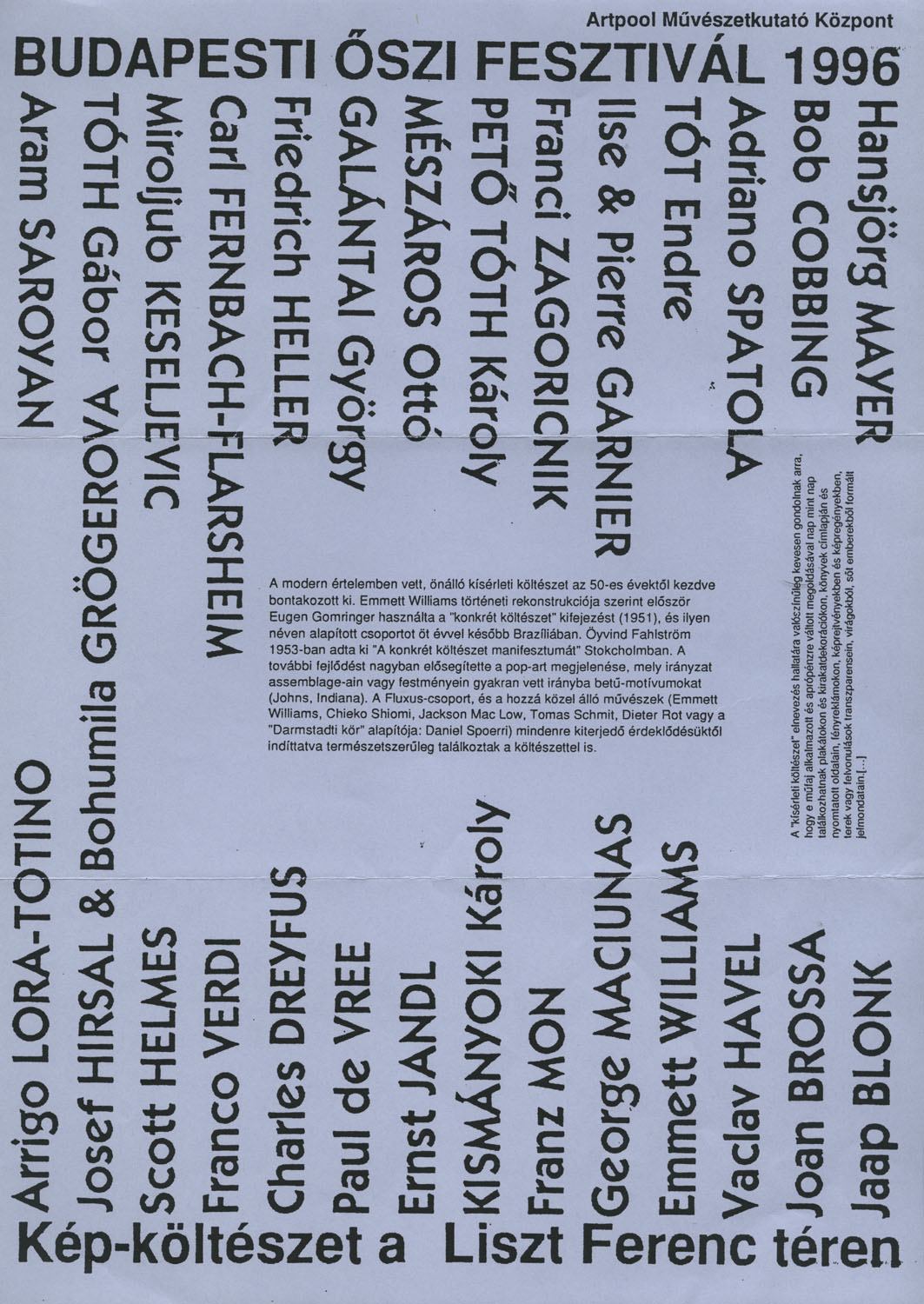

Among the outstanding experimental art events over the years, there were numerous events which were related to poetry. The Képköltészet (PicturePoetry) exhibition was held on Liszt Ferenc Square as part of the Budapest Autumn Festival (September 27–October 13, 1996). One could also mention the Open-air signpost exhibition on Liszt Ferenc Square, which was organized on the basis of Artpool’s international visual poetry collection and staged as part of the Budapest Autumn Festival. It featured works by 28 Hungarian and foreign poets in which punctuation marks were not used as linguistic but rather as visual elements. (Curator: György Galántai)
Horses, Women, Wars was published in Zagreb in 1996, and it's based on an unfinished Ph.D. dissertation by Lydia Sklevicky, which is kept in the documentation section of the Institute of Ethnology and Folklore Research, as well as articles Sklevicky published in scholarly journals and popular periodicals which can be found in the Institute's Library as a part of the collection left by Sklevicky.
The book was prepared by Dunja Rihtman Auguštin, a friend and mentor of Lydia Sklevicky, a person who was most familiar with Lydia's work and also an expert in the field of the social anthropology of women, interdisciplinary research and theoretical approaches to cultural anthropology.
According to Dunja Rihtman Auguštin, the most important thing about the book Horses, Women, Wars, and about the work of Lydia Sklevicky, was that “she was able to fathom the methods and political pressures employed by the Yugoslav ‘revolution’: by declaratively supporting cultural and social change and the ‘emancipation of women’ for almost half a century, it mobilized women and with the help of ‘their’ organization provided support, i.e. power, to the political elites“ (Sklevicky 1996, 7-8).
Sklevicky believed that the re-marginalization of women after World War II was the result of the ambivalent attitude that the "whole communist movement expressed towards women," and which is reflected in the framework of the revolutionary tradition and general emancipation as the goal of social and political revolution, anti-traditional and anti-patriarchal values are the only possible perspective from which to observe the position of a woman. However, from the standpoint of practical tasks conducted by the country’s management organizations and the functioning of a new emerging order, traditional values, as an ingrained mechanism of social self-regulation, are far more efficient "(Sklevicky 1996, 57).
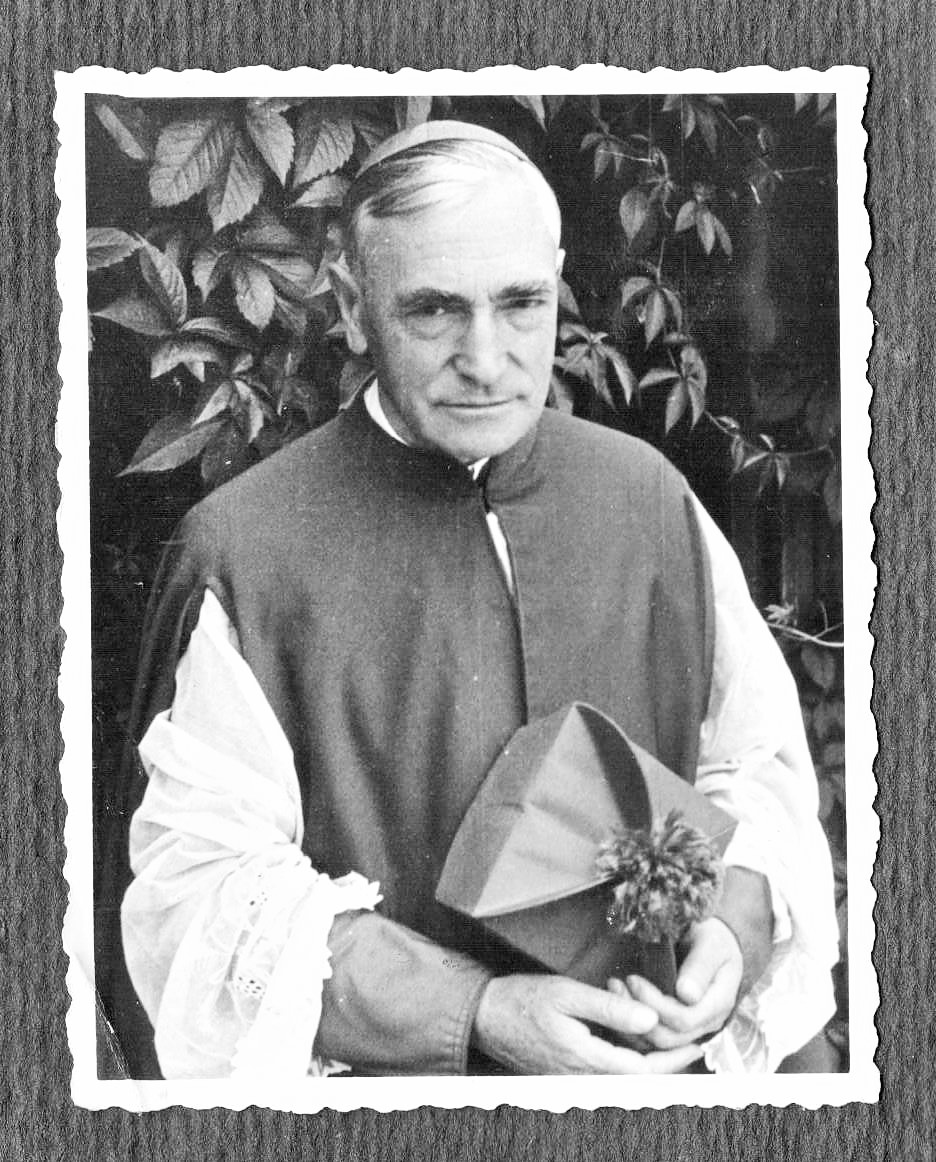

 The Publication of the Áron Márton Memorial Book on the Hundredth Anniversary of His Birth. Marton, József, ed. 1996. Kolozsvár: Gloria Kiadó
The Publication of the Áron Márton Memorial Book on the Hundredth Anniversary of His Birth. Marton, József, ed. 1996. Kolozsvár: Gloria Kiadó
The centenary of Áron Márton’s birth helped to make people acquainted with the bishop. This is when the theology professor József Marton began the scholarly processing and publication of the legacy of Áron Márton, which later led to the organisation and creation of today’s Áron Márton Memorial Collection belonging to the Archiepiscopal and Capitular Archives within the Archdiocesan Archives in Alba Iulia. József Marton, who was assigned the task of managing the legacy, had already assumed the job of collecting materials for the bishop’s beatification trial in 1991. Then in 1996 he was also the leader of the festivities organised to commemorate the hundredth anniversary of Áron Márton’s birth in Cluj-Napoca, Alba Iulia, and Sândominic. It was then that he as an editor published the Áron Márton Memorial Book, in which, by writing about the theology student, trainee priest, people’s educator, and bishop, “his old friends and fellow sufferers, colleagues and carers in his illness, distant followers and admirers” tried, beyond tribute-paying remembering, to make the light of Áron Márton’s personality shine.
This publication of 1996 opened the long sequence of works dedicated to the bishop’s memory, the material of which was provided by the Áron Márton Memorial Collection of Alba Iulia. In 1996–1997 Marton was the editor of the two-volume work entitled Márton Áron írásai és beszédei (Áron Márton’s Writings and Speeches). His name is also linked to the short biography entitled Márton Áron, Erdély püspöke (Áron Márton, Bishop of Transylvania) (2002) which was aimed at promoting esteem for the bishop. It was printed in the form of a brochure to also serve the cause of the beatification trial, and then published in German (2002) and Romanian (2002, 2008). From 2005 until 2014 Marton published the writings of Áron Márton as a series of thematic volumes first at the Mentor Publishing House in Târgu Mureș and later at the Pro-Print Publishing House in Miercurea Ciuc. By 2018 he had published sixteen volumes in the series entitled Áron Márton’s Legacy.
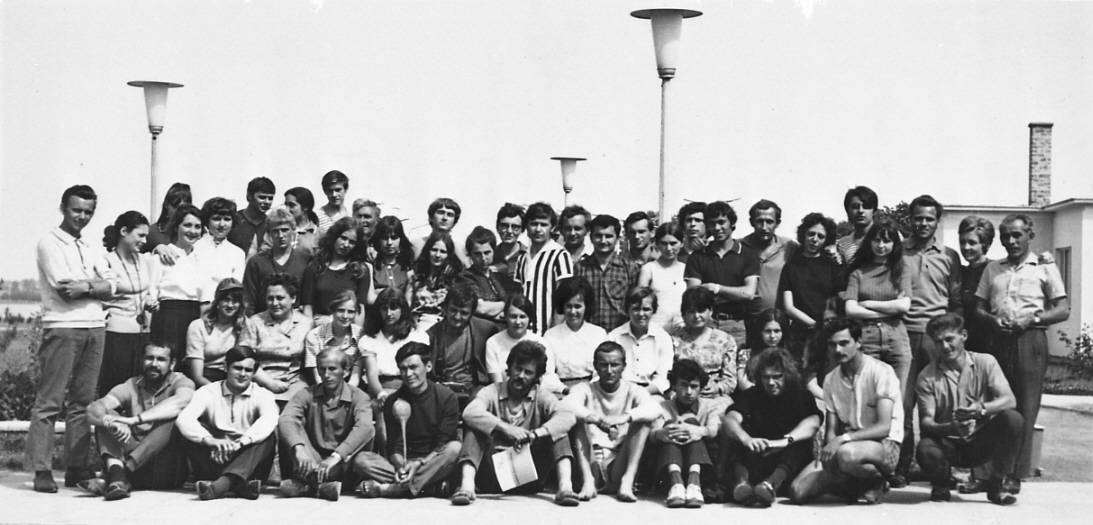

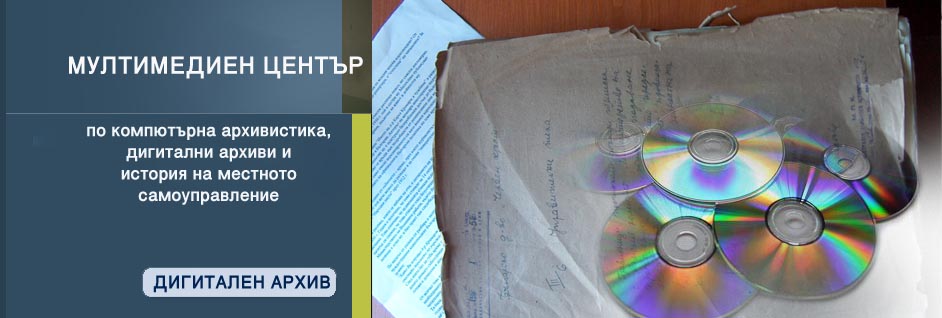

This fascinating collection sheds insight on generally unknown moments of everyday life in southwest Bulgaria during state socialism, including: the experience of and resistance against collectivization; experiences reflecting the religious policy of the communist regime (e.g. towards Muslims) and others elements of everyday life. The collection is one of the first created by the Balkan Society for Autobiography and Social Communication - Blagoevgrad (BSASC). It mainly consists of oral histories and photographic documentation, which aim to share ordinary people's experience of socialism.
